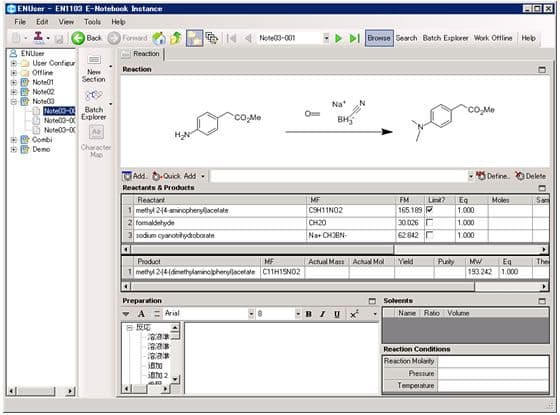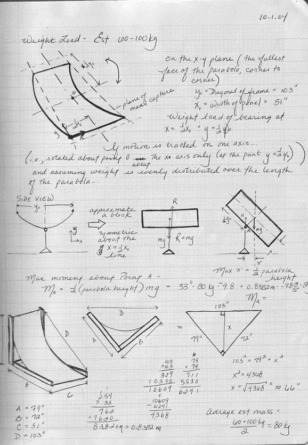For generations, the lab notebook has been the backbone of the lab scientist, regardless of discipline, regardless of level — from a lab student to postdoc. Everyone in the lab is required to have her own notebook. It is the most basic instrument in the scientist’s arsenal and perhaps among the last holdouts of formal […]

For generations, the lab notebook has been the backbone of the lab scientist, regardless of discipline, regardless of level — from a lab student to postdoc. Everyone in the lab is required to have her own notebook. It is the most basic instrument in the scientist’s arsenal and perhaps among the last holdouts of formal handwritten documentation, but now even the lab notebook becoming more advanced. Changing needs in the lab have given rise to the electronic lab notebook.

This is the first part of a planned three-part series on using an electronic lab notebook. But before going further in discussing the relatively new phenomenon of electronic lab notebooks, it’s important to know exactly what a lab notebook is and why it’s important.
Put succinctly, “the laboratory notebook is a permanent, documented, and primary record of laboratory observations,” according to a syllabus provided for a general chemistry course at Dartmouth College. It has also been described as a diary — albeit one that is shared and actually owned by the experimental institution — as noted in the book, “The Art of Scientific Writing: From Student Reports to Professional Publications in Chemistry and Related Fields.”
The notebook is the standard, universal tool of documentation used by scientists for their experiments. Researchers are expected to have it in close proximity when doing experiments to minimize mistakes and omissions. It contains first-hand accounts of experiments, including step-by-step procedures, relevant background and references, reagents used, drug titrations, observational data, results, and even hypotheses. Succinct thoughts pertaining to the experiment are encouraged to be written in the notebook, while more general musings are not.
And there are some basic rules on what a paper lab notebook should be and how it should be handled. Notes are to be written with permanent markings (i.e. a pen, not a pencil). While there is no standard per se, a bound notebook is the standard and more often than not it’s filled with pages reminiscent of graph paper. The pages must be numbered. Entries must be dated. Pages should never be torn out. Mistakes should still remain legible, meaning they should not be scribbled over, blacked out, or marked over using whiteout. To keep the mistake legible, mistakes should be struck through using a single line. The correction should then be written afterward.
A scientist’s lab notebook is the primary source of documentation for experiments in which that scientist participates. As such it is the official document of record. It should only contain original material and notes should never be copied from other sources. This is different than pasting relevant data, including but not limited to applicable photographs, lab results like chromatography paper, or graphed results.
An example of relevant data pasted into a lab notebook.

Taking detailed notes is important. A scientist should be able to hand the lab notebook to anyone else in the lab and have her be able to follow along and repeat the experiments without communicating directly with the writer. Again, the lab notebook doesn’t belong to the scientist but to the lab institution. It remains in the lab at all times to be referenced by others in the lab, even in the writer’s absence — whether she is out to lunch or after she’s moved on to another position. “Others will be building on the research that you are doing now and it is imperative that they can replicate what you have done,” according to a National Institutes of Health training guide on lab notebooks
Meticulous note taking is even more important because lab notebooks are treated as legal documents. The NIH training guide says, “In the case that your research contributes to the issuing of a patent, it will be closely scrutinized because it documents your group’s claim to the discovery. Also, if any allegations of fraud are brought against your published work, your lab notebook is used to validate your findings and defend your claims.”
Part 2 in the series will be looking at using an electronic lab notebook in more detail. It will answer questions such as: How to choose the right electronic lab notebook for you? What to consider when picking an electronic lab notebook? What options are available and what issues to consider?